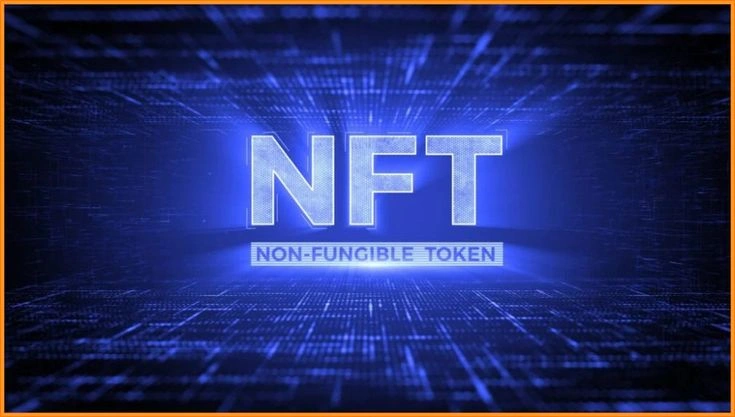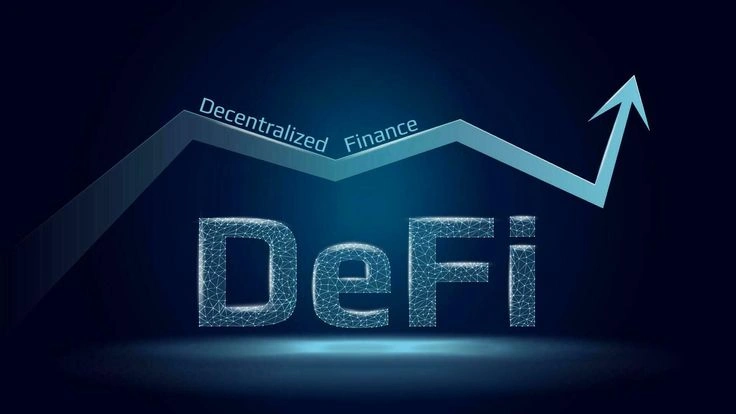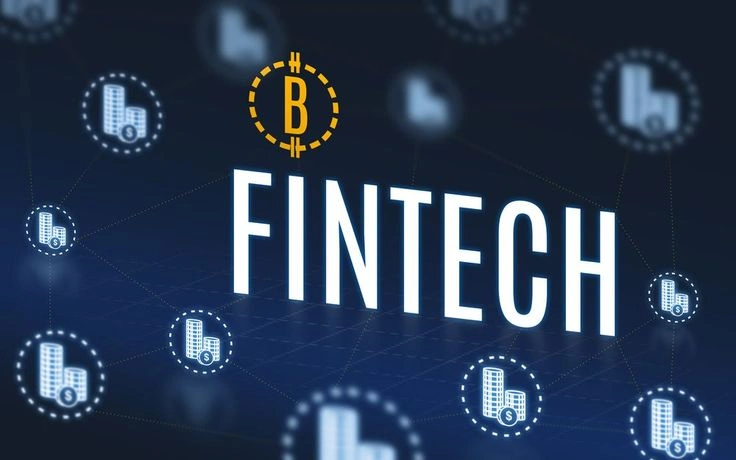Web3 Users vs Traditional Earners: A Closer Look at Who Spends Smarter
May 18, 2025

By Mikey, Staff Reporter, Web3 vs traditional
The financial world is increasingly split between two distinct earners: those immersed in Web3 technologies, and those following more traditional income paths. The question now arises—between these groups, who demonstrates smarter spending behavior?
While Web3 users embrace decentralized finance, crypto, and digital assets, traditional earners often adhere to stable income, long-term savings plans, and structured investments. This divergence in approach is fueling an ongoing conversation in both financial and social spheres.
What Defines “Smart Spending” in 2025?


The definition of smart spending continues to evolve. In conventional terms, it involves budgeting, living within one’s means, planning for retirement, and avoiding impulsive purchases. For Web3 users, however, the parameters have shifted.
Their approach includes staking assets, investing in blockchain startups, and participating in digital ownership through NFTs. Financial decisions are often driven by community trends, rapid value shifts, and high-risk strategies—sometimes yielding high returns, other times painful losses.
Experts remain divided. Some argue that this model reflects a speculative culture, while others see it as adaptive and forward-looking.
Web3 Users vs Traditional Earners: Two Financial Philosophies


The contrast in spending and investment behavior is clear.
Web3 participants—often younger, tech-savvy individuals—tend to see money as agile and opportunistic. Investments are frequently made in cryptocurrencies, DeFi protocols, and decentralized autonomous organizations (DAOs). Their spending patterns also lean toward technology, experiences, and community-driven ventures.
Meanwhile, traditional earners are more likely to pursue job security and long-term stability. They favor low-risk financial products such as fixed deposits, pension schemes, and homeownership. Their expenditures often focus on utility and long-term needs—housing, healthcare, and education.
Financial analyst Marina Cheung notes, “Traditional earners value safety nets, while Web3 users chase scalable opportunity. Neither is right or wrong—it’s a matter of strategy and life stage.”
Risk and Stability: Web3 vs traditional- A Financial Trade-Off

Recent surveys by fintech firms suggest that 40% of Web3 users have experienced portfolio fluctuations exceeding 30% in a single quarter. While volatility is inherent in this space, many users accept it as part of the learning curve—and even a path to greater financial literacy.
Traditional earners, on the other hand, typically experience far more stable financial conditions. With a focus on regular budgeting and emergency savings, they tend to avoid high-stakes investments.
“If you measure smart spending by volatility control, the traditional approach wins,” says economist Jared Liew. “But if you’re looking at boldness and adaptation, Web3 users may lead.”
Learning from Losses: A Steep Curve for Web3

Web3 earners, facing a fast-moving environment, often develop financial skills under pressure. From unexpected market crashes to security risks, many report that hard lessons have accelerated their financial maturity.
In contrast, traditional earners benefit from predictability but may be slower to adopt new financial technologies or trends. Skepticism toward digital assets remains, often due to misinformation or perceived complexity.
This gap in adaptation could limit potential gains—but also shields from high-risk exposure.
Final Verdict: Spending Intelligence Isn’t One-Size-Fits-All
So, who spends smarter—Web3 users or traditional earners?
There’s no universal answer. Web3 users demonstrate innovation, agility, and an appetite for unconventional gains. Traditional earners exhibit discipline, structure, and proven long-term planning.
The financial landscape is broad enough to accommodate both. Increasingly, experts suggest that the smartest strategy may involve borrowing strengths from each side. A hybrid approach—balancing stability with innovation—could provide resilience in an unpredictable economy.
As the debate around Web3 users vs traditional earners continues, one thing is clear: smart spending isn’t just about what you buy or save, but how you adapt to the evolving rules of the financial game.
Relevant News: HERE

